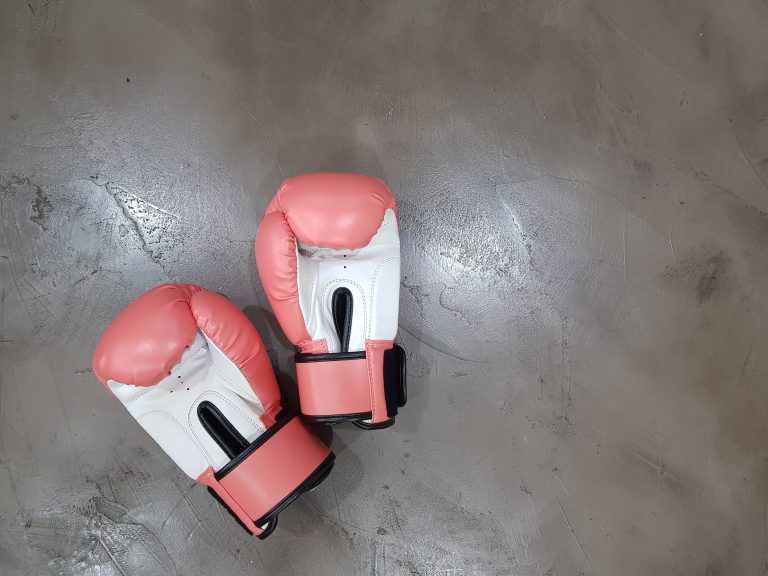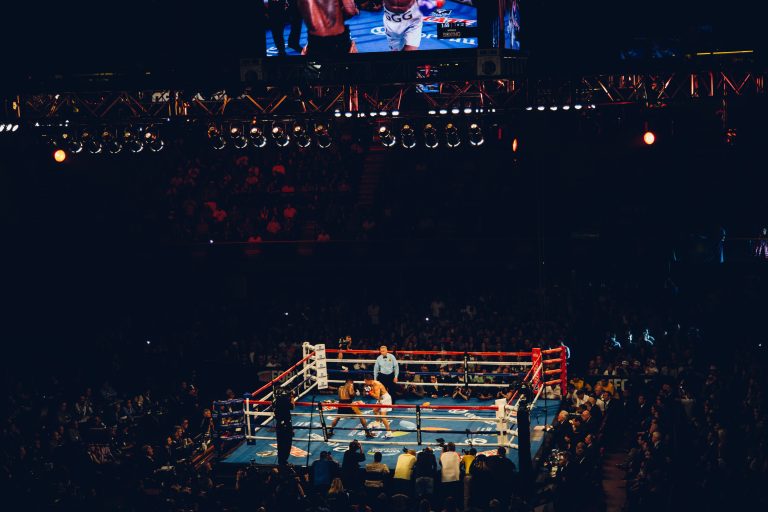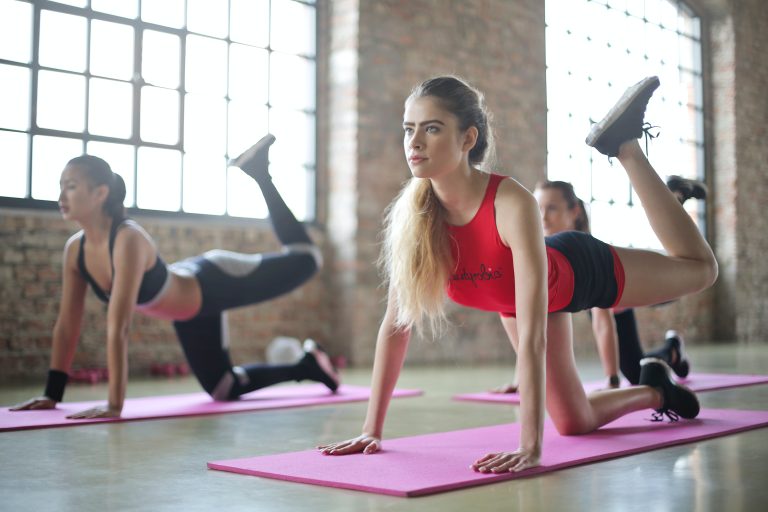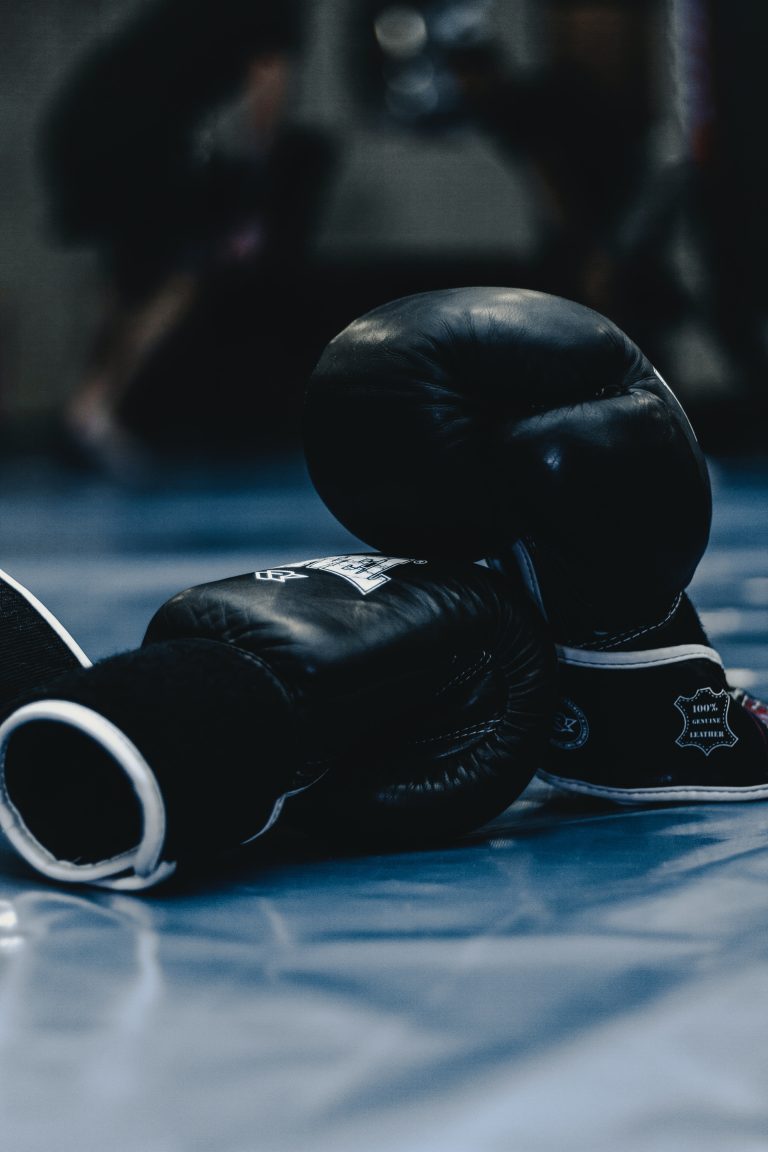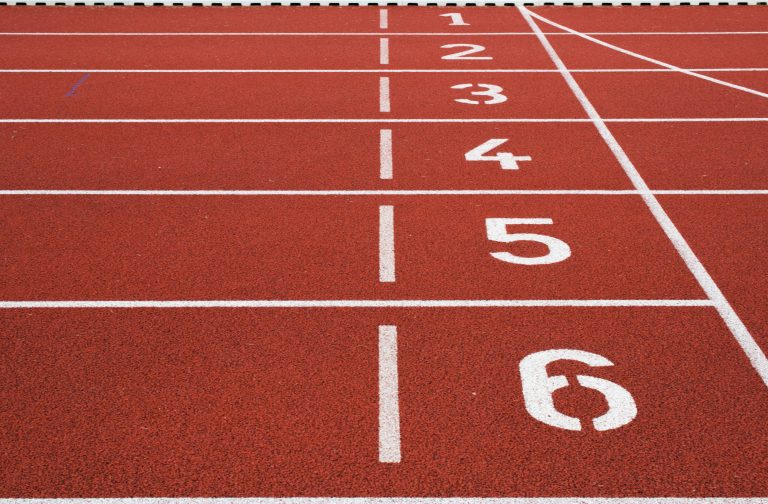What Muscles are Used in Karate?
If you’re thinking of getting into the martial art of karate, you may be wondering what muscles you need to focus on. Karate is a full body workout and will involve the use of numerous muscles in order to achieve that perfect punch or heal strike. Let’s take a look at the different muscles used in karate and what they contribute to the martial art.
The Muscles Used in Karate
Karate involves the use of both primary and secondary muscles, which help to give the martial artist the necessary power and flexibility to perform punches, kicks and blocks. The primary muscles used in karate include:
- Chest muscles (pectoralis major)
- Upper back muscles (trapezius and rhomboids)
- Abdominal muscles
- Gluteus maximus and medius (buttocks)
- Quadriceps (thighs)
- Hamstrings (back of thighs)
- Hip abductors (side of waist)
- Triceps (back of arm)
- Biceps (front of arm)
- Forearms
Secondary muscles used in karate include the shoulder, quadriceps and ankle muscles. Karate may also involve various joint movements such as shoulder, arm, hip and knee rotation. This is an important factor for developing the power and technique needed for certain techniques and movements.
Chest Muscles
The chest muscles are crucial for karate, as they provide power and strength for all your punches, blocks, and strikes. This includes your inner chest muscles as well as your outer chest muscles. Your inner chest includes your pectoralis major and pectoralis minor; while your outer chest includes your serratus anterior, subscapularis, coracobrachialis, and triceps. Developing strength and size in the chest can give you better control over your body movements and help prevent injury.
Upper Back Muscles
The upper back muscles are also important for karate, as these muscles are essential for performing powerful kicks and strikes. The upper back muscles include the trapezius and rhomboids which help to provide balance and stability when throwing a punch or kick.The trapezius are responsible for helping with postural alignment, and can help prevent loss of balance during movement. The rhomboids are important for maintaining a strong posture, as well as for movement of the shoulder blades during blocks or punches.
Abdominal Muscles
The abdominal muscles are used for karate in order to provide the necessary core stability when performing any type of movement. These muscles help to provide balance while also preventing injury. The abdominal muscles enable stabilizing movements such as blocks or kicks to be executed correctly. They also play an important role in protecting your spine.
Gluteus Maximus and Medius
The gluteus maximus and medius are important for karate, as these muscles help with balance, twisting, kicking retraction, breathing, and joint stability. Developing strength in these muscles will help you to execute powerful kicks with less effort and make it easier to execute blocks or other defensive stances. The gluteal muscles also help with balance during stances which helps to improve technique accuracy when performing various techniques.
Quadriceps
Developing strength in your quads is essential for karate if you want to deliver explosive punches and kicks. The quadriceps help to generate power for offensive movements such as roundhouse kicks and front kicks. They also help to increase balance when performing stances and blocks. With strong quads you’ll be able to kick higher, faster and with more force than before.
Hamstrings
The hamstrings are also important for karate, as they are used in kicking motions as well as other movements such as squats, stance changes or even sochin dachi (forward stance). Strengthening your hamstrings can help you to increase kicking power and reduce the risk of injury. Strong hamstrings also help with postural alignment which is essential for executing effective punches and blocks.
Hip Abductors
The hip abductors are situated along the sides of your waist and are important for stability when performing kata or any other movements that require you to twist your body. Developing strength in this muscle group will improve balance during movement which will help you to stay on target during challenging techniques such as shoulder throws or hip parries. It will also reduce the risk of injury by providing more support for your hips and joints when executing quick movements such as blocks or techniques that require pivoting.
Triceps
The triceps play an important role in karate when it comes to executing blocks such as gedan-barai (lower block) or otoshi-uke (dropping block). Exercises such as dips or kickbacks can be used to strengthen this muscle group which will help with blocking strength, power, and accuracy. Strong triceps also help provide stability when performing punching techniques or stances.
Biceps
Biceps are important for performing strikes such as gyaku zuki (reverse punch) or choku zuki (straight punch). Strong biceps will aid in punching power and accuracy while also helping with grip strength when holding blocking stances such as morote-uke (discuss block) or yoko-uke (side block). By working on strengthening these muscles you’ll be able to hit harder while maintaining accuracy and control over your body movements during a fight.
Forearms
Forearms play a huge part in karate; however, it’s quite often overlooked publically by many martial artists. Strengthening your forearm muscles will significantly increase grip strength which can help with various aspects of kata such as performing stances or transitioning into blocks or strikes. It will also give you more control over your body movements when performing kicks or throws, which will increase your power output significantly due to better technique accuracy.
Conclusion
Karate is a full body workout that demands more from its practitioners than just strength and agility alone. By developing strength in the many different muscle groups used in karate, you’ll be able to execute powerful punches, kicks, blocks, and throws with greater precision and control over your body movements. So remember that when you start training karate, work on all the muscle groups listed above – your performance will thank you for it!
The Muscles Used in Karate: Frequently Asked Questions
Karate is a discipline that demands a lot from the body, including strength, power, and flexibility. It is an excellent workout for both the body and the mind, but many Karate enthusiasts wonder which muscles are used during training. In this article, we will answer the most frequently asked questions on the matter.
1. Which muscles are used in Karate?
Karate requires the use of multiple muscles in the body, starting from the legs, core, and upper body. Here are some of the muscles heavily used by Karate practitioners:
Leg muscles
- Glutes: The gluteus maximus and medius is the largest muscle group in the body and helps to generate power in kicks and jumps.
- Quadriceps: The quadriceps, made up of four muscles, is responsible for extending the knee and is essential for kicking and holding stances.
- Hamstrings: The hamstrings are important for bending the knee and bringing the foot towards the back of the thigh, crucial for executing kicks and maintaining balance.
- Calves: The calves are important for plantar flexion of the foot and help push off the ground during jumps and kicks.
Core muscles
- Rectus Abdominis: The rectus abdominis is responsible for flexing the trunk, making it easier to achieve balance and stability. It is also integral in delivering powerful kicks.
- Obliques: The internal and external obliques act as stabilizers for the trunk and assist the rectus abdominis in flexing and rotating the trunk. They are essential in core strength and stability and contribute to power generation.
- Erector Spinae: The erector spinae, a set of muscles and tendons that run along the spine, help to keep the upright posture of the upper body during Karate stances and movements.
Upper body muscles
- Pectoralis major: The pectoralis major is a large muscle that flexes, adducts, and rotates the arm. It is important for delivering powerful punches and performing throws.
- Deltoids: The deltoids, located on the upper arm, are responsible for lifting the arm and rotating it. They are used for delivering punches and strikes.
- Biceps and Triceps: The biceps and triceps are responsible for flexing and extending the forearm, making them important for punching, striking, and grappling.
2. How do these muscles develop during Karate?
Karate training involves multiple types of movements that help develop the muscles used in the sport. Kicking and jumping, for example, help to develop the glutes, hamstrings, and quadriceps. Karate strikes and punches require activation of the pectoralis major, deltoids, biceps, and triceps.
To build these muscles, Karate practitioners often incorporate strength training exercises such as squats, lunges, deadlifts, shoulder presses, and push-ups, as well as plyometric exercises to improve explosive power. Core exercises and stability drills also play a vital role in Karate training as they help improve posture, balance, and form.
3. Can Karate help with overall body strength and fitness?
Karate is a full-body workout that can help improve overall body strength and fitness. The discipline requires a high level of cardiovascular endurance, stamina, and flexibility. Each training session involves a combination of aerobic and anaerobic exercises that help improve physical fitness and endurance.
Karate also promotes mental fitness and agility by requiring practitioners to focus their mind and concentrate on their movements. It helps improve motor skills, hand-eye coordination, and reaction time, which can be useful in other areas of life.
4. How important is stretching in Karate?
Stretching is an integral part of Karate training as it helps increase flexibility, reduce muscle soreness, and prevent injury. Karate training involves a wide range of stretches that target all major muscle groups. Practitioners often begin their training session with a warm-up that includes a series of dynamic stretches to prepare their muscles for the movements ahead.
After training, Karate practitioners usually perform static stretches to help cool down and improve their flexibility. Stretches such as the „butterfly stretch,“ „seated forward fold,“ „cobra pose,“ and „spinal twist“ are common in Karate training and help improve flexibility in the legs, core, and upper body.
5. Can Karate training lead to muscle soreness and fatigue?
Karate training involves physical exertion and can lead to muscle soreness and fatigue, especially for beginners or after intense training sessions. However, with regular training, the body adapts and becomes better equipped to handle these demands.
Karate practitioners can reduce muscle soreness and fatigue by incorporating proper warm-up and cooldown routines, staying hydrated, and getting enough rest and recovery time between training sessions. Massages and stretching can also help alleviate muscle soreness and aid muscle recovery.
Conclusion
Karate is an exceptional discipline that demands a high level of physical and mental fitness. The muscles used in Karate are mainly the legs, core, and upper body musculature. Training regularly and integrating strength and plyometric exercises are important for developing these muscles. Practitioners should also incorporate stretching into their training routine to improve their flexibility and prevent injury. Karate can help improve overall body strength and fitness, making it an excellent workout for individuals looking to enhance their physical and mental abilities.
Inhaltsverzeichnis

